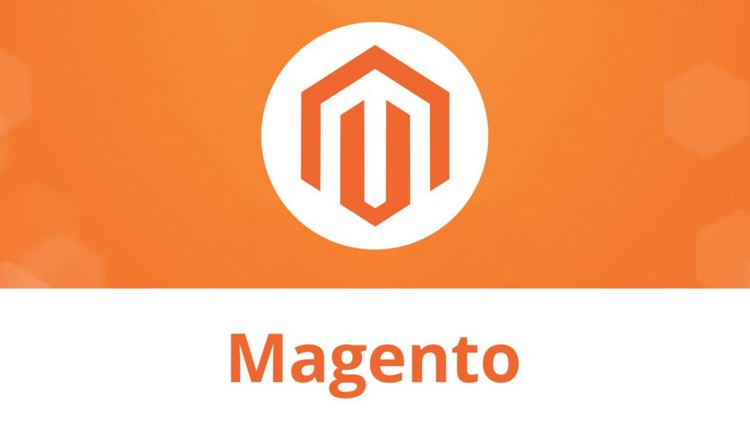Magento 2 Admin Tutorial

Why take this course?
based on the extensive list you've provided, it seems you're looking for a comprehensive e-commerce platform that offers a wide range of features to manage various aspects of an online store. The features you've listed are typically found in advanced e-commerce platforms like Magento, which is known for its robust set of tools for catalog management, marketing promotions, order management, and customer service. Here's a breakdown of how these features might be addressed in a platform like Magento:
-
Sales Reports: Detailed sales reports that can provide insights into the performance of your store, including sales over time, top-performing products, and customer behavior.
-
Return Reports: Track and analyze return rates to improve product quality or customer satisfaction.
-
Tax Reports: Automatically handle tax calculations based on location, customer, or product group to ensure compliance with tax laws.
-
Order Reports: View and manage orders, including the ability to create invoices, credit notes, shipments, and capture payments.
-
Most Viewed and Best Selling Products: Analyze which products are most popular to inform marketing strategies and inventory management.
-
Out of Stock Products: Keep track of inventory levels and notify customers with RSS feeds or email alerts when products are back in stock.
-
Search Trends: Understand what products or categories customers are searching for on your site.
-
Product Reviews: Manage customer feedback, ratings, and reviews to build trust and improve product offerings.
-
Label Reports: Generate reports to understand how products are performing under different labels or categories.
-
Coupon Usage Reports: Track the effectiveness of coupons and promotional campaigns.
For Catalog Management, Magento allows you to:
- Define minimum/maximum purchase quantities.
- Bulk add/remove products and update product details.
- Integrate with Google Base for product listings.
- Manage a wide variety of product types, including virtual goods, downloadable products, personalized products, and more.
- Set up tax rates by location or customer group.
- Create feature sets for different product lines.
- Automatically resize and watermark images.
- Apply advanced pricing rules and special pricing modules.
For Marketing Promotions and Tools:
- Create surveys to gather customer feedback.
- Set up newsletters and landing pages with built-in creation tools.
- Implement catalog pricing rules, coupon codes, and promotional items.
- Offer free shipping, bulk purchase discounts, and tiered pricing based on customer groups.
For Order Management:
- View and edit orders from the admin panel.
- Generate invoices, shipments, and handle order creation via the call center.
- Provide repeat customer ordering options.
- Send email notifications for order confirmations and updates.
For Customer Service:
- Manage contact forms and client accounts with detailed order history and status tracking.
- Offer password reset functionality and allow customers to update their account information.
- Create orders on behalf of customers from the admin panel.
For Catalog Listing:
- Use filterable category listings and search results.
- Display products in grid or list views.
- Implement breadcrumbs for navigation.
Magento 2, in particular, is a powerful platform that can handle large catalogs with these features and more. It's suitable for businesses of all sizes, from small to enterprise-level operations. If you're considering implementing such a system, you might want to look into Magento or similar platforms that offer these capabilities.
Loading charts...